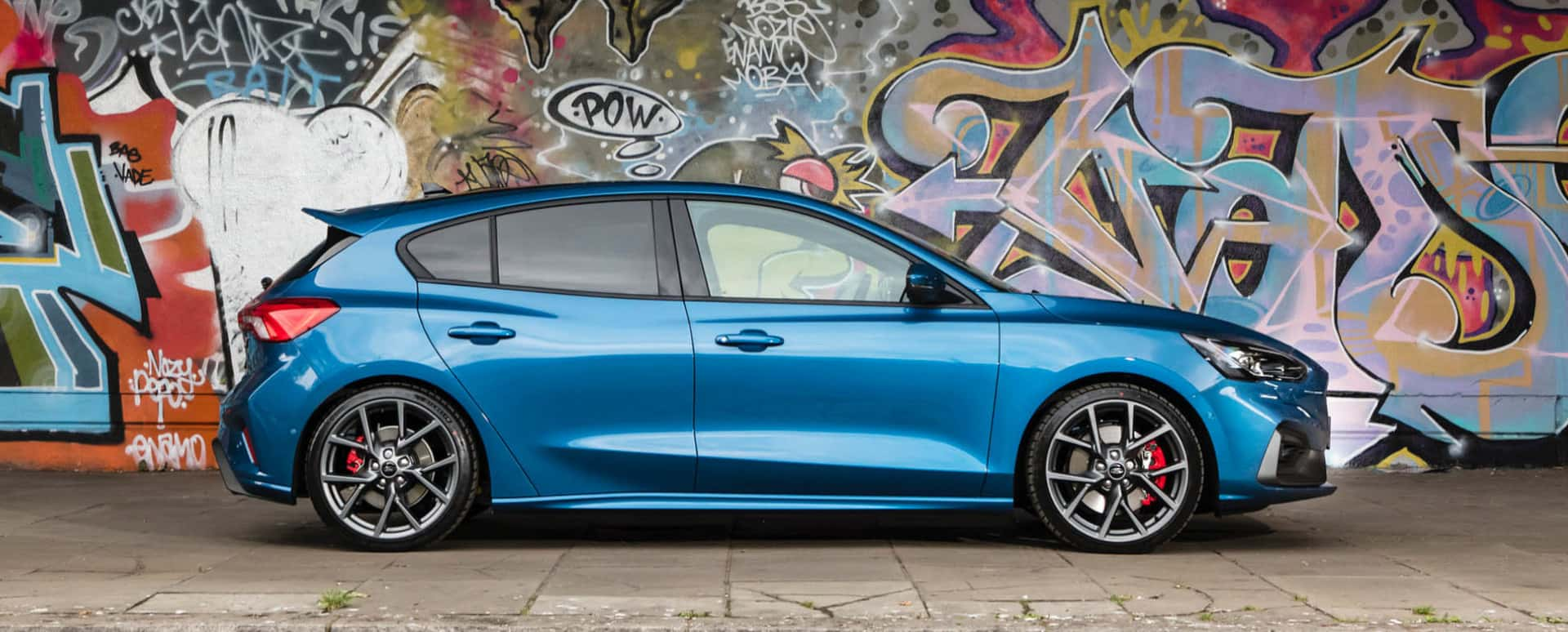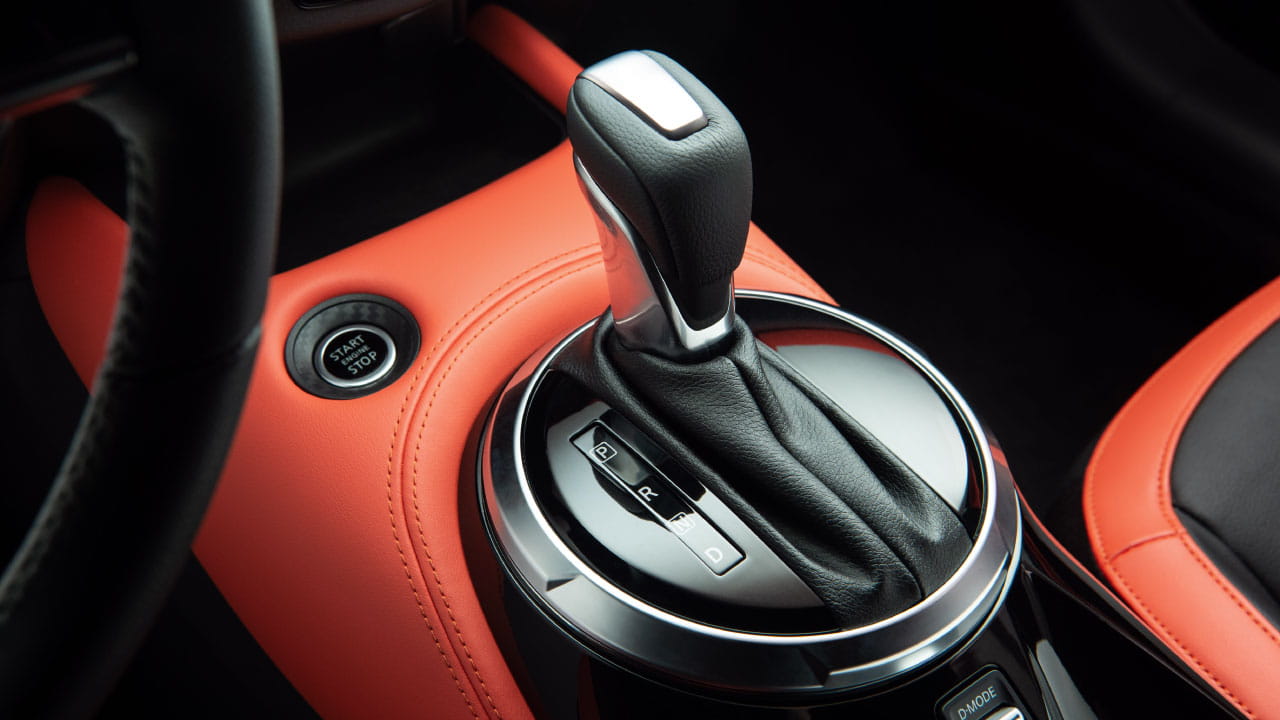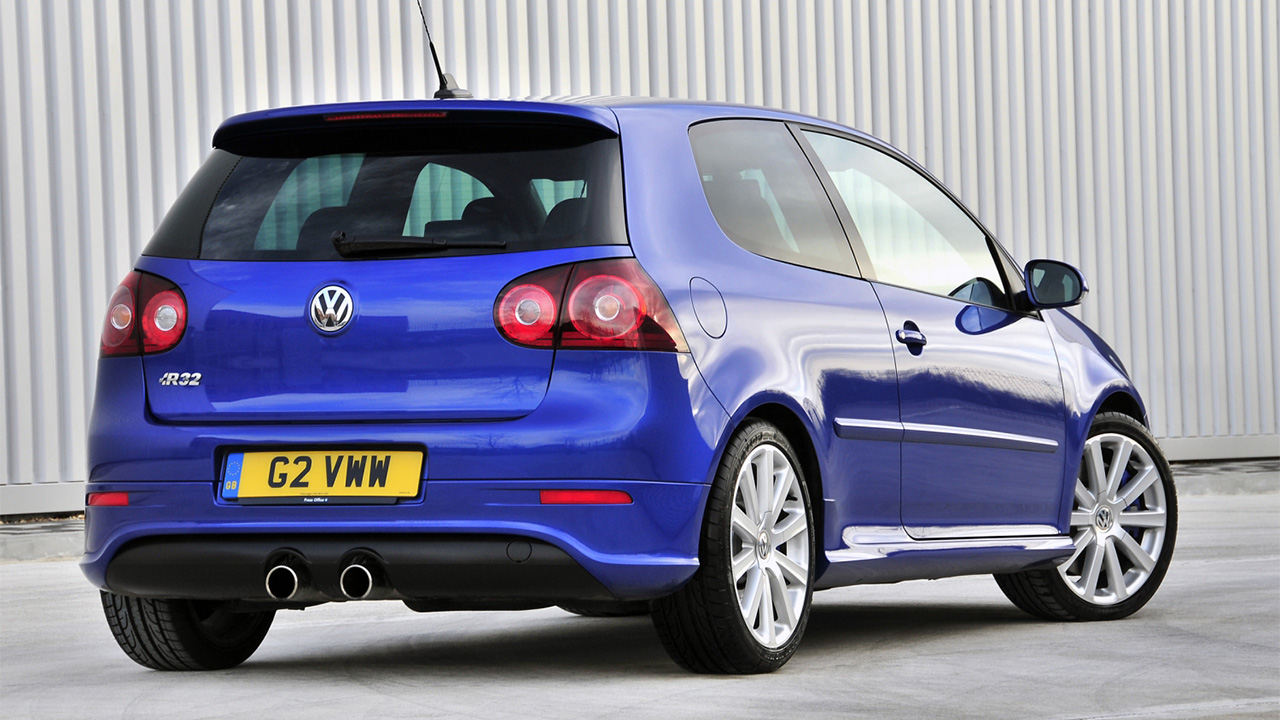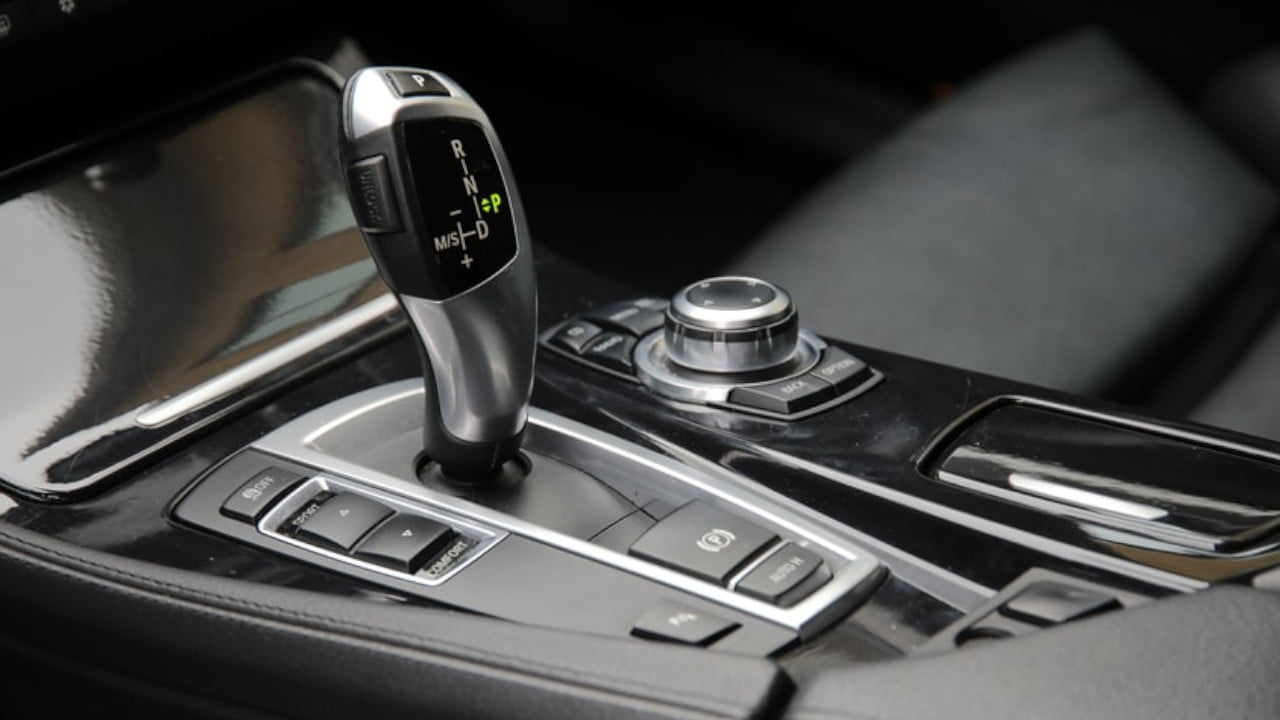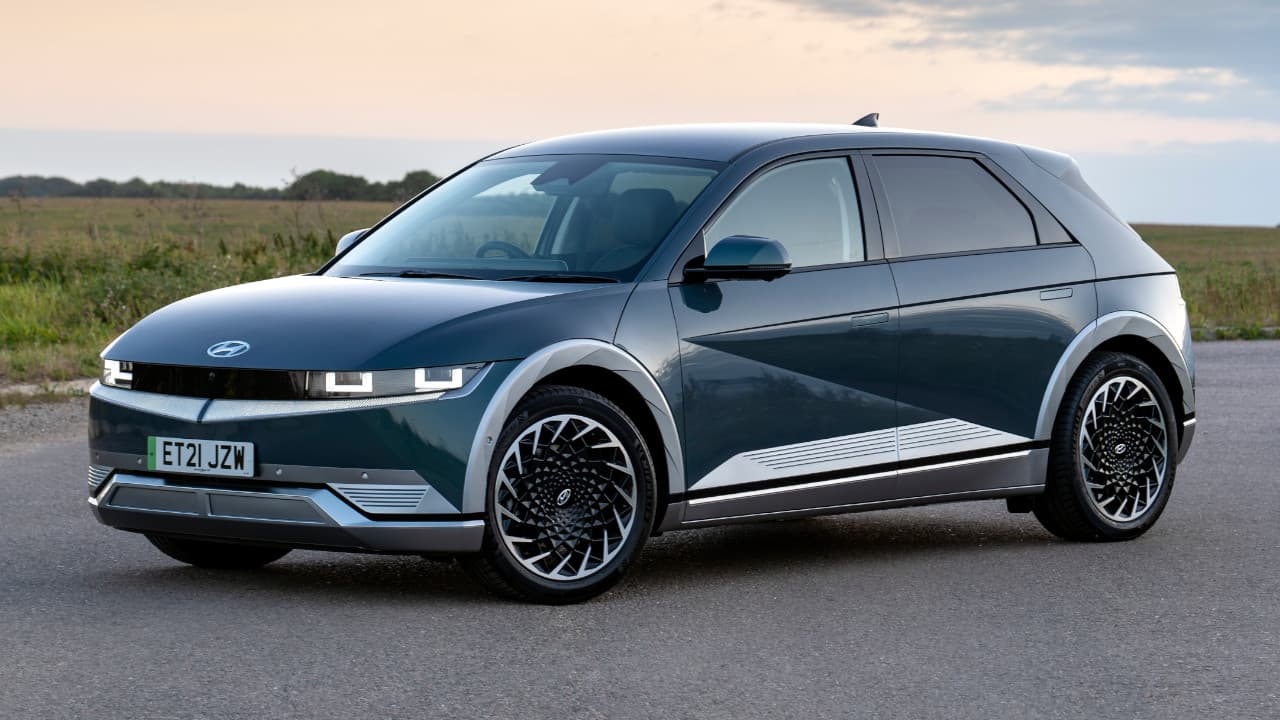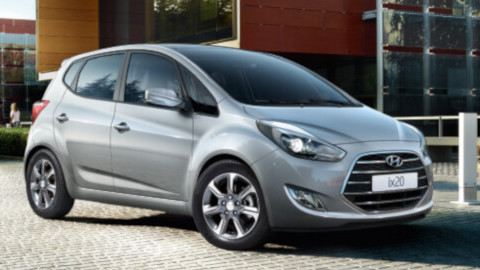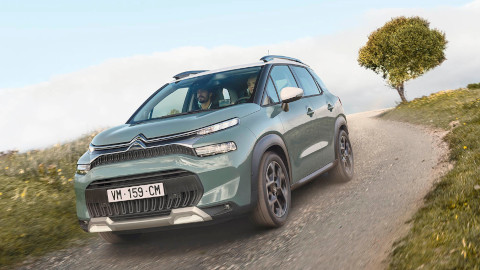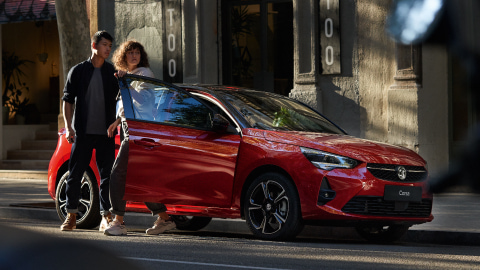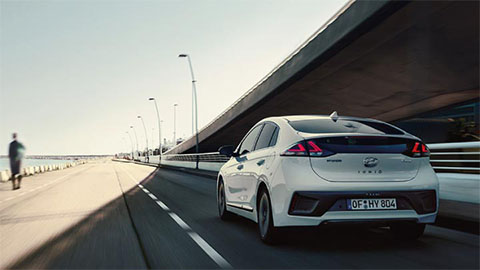All about automatic cars
Automatic cars have come a long way, with almost every new car offering an automatic transmission, with many offering it in place of a manual transmission as standard. Driving an automatic car can be much easier than driving a manual car, as you don't have to worry about changing gears; you can just put your foot on the accelerator and go.
For many drivers though, a manual car is all they've ever known, and therefore they don't know the ins and outs of how to drive an automatic car and the different types of automatic choices available. With automatic cars becoming more common, especially with the introduction and increasing popularity of electric cars, it's important to know the differences between driving a manual and automatic car.
- How do automatic cars work?
- Five different types of automatic cars
- Step by step: How to drive an automatic car
- Are all electric cars automatic?
- Frequently Asked Questions
How do automatic cars work?
Automatic cars still have gearboxes, they just work slightly differently. Instead of you manually choosing which gear to be in, the gearbox automatically does all the work for you.
There are a few basic modes on an automatic gearbox that you can select, and these will tell the gearbox what to do.
- Park (P): This locks the transmission and prevents the car rolling away if on an incline.
- Drive (D): This engages the car's drive, allowing the car to move.
- Neutral (N): - This disengages drive, but will not stop the car from rolling away. This mode can be handy to use when in traffic along with the handbrake.
- Reverse (R): - This engages the car's reverse gear.
On a lot of automatic cars nowadays, there's also a manual option. This can just give drivers a bit more choice for different driving situations where they may find the manual option better, so they have more control of what gear they are in.
If your car has this ability, you'll find paddles on the back of the steering wheel or steering wheel column, or levers on the gearstick. Occasionally it's a setting in the Drive (D) mode whereby you shift the selector over, rather than up or down, to enable manual shifting.
Some cars may also feature more options in addition to the universal P, D, N and R. City cars may feature a '1' and '2' option, which are essentially slower D (Drive) gears for use in town or within off-road vehicles to be able to climb or descend terrain easier.
Five different types of automatic cars
Any car without a clutch pedal is considered an automatic. There are a number of different types of automatic car, so understanding them can be useful in selecting which automatic vehicle is right for you.
Torque Converters
Torque Converter technology is often found in luxury SUVs, and it gives a really smooth, almost silent gear change, depending on speed and how vigorous the driver is with the throttle pedal.
Dual-Clutch Transmission (DCT)
This type of transmission is by far the most popular in modern cars, and it uses two clutches to line up multiple gear options, allowing for seamless, ultra-fast changes. These types of automatic gearbox are found in many premium sports cars, and usually come with paddle shifters on the steering wheel, so you can change gear manually if preferred.
Continuous Variable Transmission (CVT)
CVT uses a belt instead of a clutch for a smooth and economical driving experience. They are commonly found in hybrid cars to make them more efficient. You'll generally get a quieter transmission from this type, however in a performance car, CVT doesn't sound great when it's pushed to the limit.
Automated Manual Transmission (AMT)
This is also known as semi-automatic gear transmission, and they work via a computer operating the clutch rather than a human. They are fairly rare in new cars as they can be a bit jerky.
Intelligent Manual Transmission (IMT)
IMT is effectively a manual gearshift with automatic clutch. This is still a relatively new innovation, and it uses automatic sensors to apprehend a gear change, so it can engage the clutch automatically. IMT can be a great option for drivers who want the ease of not using the clutch, but still want to manually choose gears.
Step by step: How to drive an automatic car
Firstly, it's important to understand the set-up of an automatic car. You'll usually have two pedals; an accelerator (on the right of the pedal box) and a brake pedal (on the left of the pedal box). In terms of the pedals, the difference between an automatic and manual is that you won't have the clutch in an automatic car.
- Before driving, the brake pedal will have to be pressed in order to change the position of the gear shifter. This will also usually have to be pressed to allow you to start the car's ignition. Essentially, this is confirming to the car's Engine Control Unit (ECU), that you are in control of the car.
- With your foot on the brake, start the car.
- Whilst keeping your foot on the brake pedal, shift the selector to D (Drive), reduce the pressure on the brake pedal to start the car moving forward, and apply pressure on the accelerator to increase your speed. Remember to ensure the handbrake is released too.
- If you're wanting to reverse instead of drive forwards, just select R (Reverse) instead of Drive.
- If manual operation is available on your automatic car, select the +/- when in D (Drive), and this should allow you to manually control the gears via the paddles on the steering wheel.
- To ensure the car cannot roll away, use the P (Park) option.
Are all electric cars automatic?
Due to electric cars having no clutch, essentially all electric cars are automatic and again have a two-pedal set-up (IONIQ 5 pictured) of an accelerator and brake pedal. Some electric cars even brake if you simply lift-off the accelerator, which also in some cases can regenerate charge in the car's battery.
As with anything though, a test drive is always a great idea in getting to grips with any new technology and can have you feeling more comfortable with electric and automatic vehicles. Contact your local Evans Halshaw to arrange a test drive of any automatic vehicle.
Frequently Asked Questions
- Usually easier to drive due to not having to engage a clutch.
- Tend to be better on fuel
- Generally quicker than their manual counterparts, as the car can automatically change gear quicker than a person can manually.
- Smooth to drive
- Can be more expensive to purchase
- Repairs can cost more depending on the vehicle
- Enthusiasts argue that a manual transmission is more involving and fun to drive
Automatic cars are typically more expensive to buy because an automatic transmission is more complex, so when buying new, an automatic will be a tad more expensive than the manual option. However, because manual cars are associated with sports and performance cars, when buying used, manual gearbox cars can sometimes command more than their automatic counterparts.
Depending on the car, automatics can be more economical, as modern automatics are engineered to change gear at optimal times for greater efficiency. They typically also tend to have more gears, some of which are set up to save fuel when motorway driving for instance.
If you have a manual driving licence, you can drive both manual and automatic cars. If you have an automatic-only licence, then you can only drive automatic and not manual.
Find your perfect auto with Evans Halshaw
Automatic cars have become more and more popular over time due to their technology, ease of use, smoothness, and performance capabilities. At Evans Halshaw, we have a range of new automatic vehicles, along with a large selection of used automatic vehicles, too.
If you require any further help regarding automatics, contact your local Evans Halshaw to discuss.

